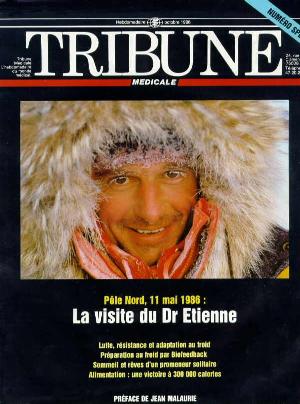Over 10 years we help companies reach their financial and branding goals. Engitech is a values-driven technology agency dedicated.
411 University St, Seattle, USA
engitech@oceanthemes.net
+1 -800-456-478-23
In 1986 Dr. Jean Louis Etienne became the first man to ski solo to the north pole. To quote from the Medical Tribune special edition that devoted an entire 36-page edition to his accomplishmen, beside a photo of the GSR/Temp 2X it summarized “….this article describes the role of biofeedback in helping Dr. Etienne prepare his North Pole expedition. Biofeedback was used to achieve cold weather adaptation and to control stress associated with the anticipated hazards of the trip. Cold adaptation facilitated by skin temperature biofeedback was practiced in a walk-in fridge in which he was able to raise his hand temperature 2.2 °C (5F). Additional psychophysiological training with GSR and a portable skin temperature device at home further increased the explorer’s sense of self control…”
After reviewing the clinical use of biofeedback for conditions such as Raynaud’s disease, this article describes the role of biofeedback in helping Dr. Etienne prepare his North Pole expedition. Biofeedback was used to achieve cold weather adaptation and to control stress associated with the anticipated hazards of the trip. Cold adaptation facilitated by skin temperature biofeedback, was practiced in a walk-in fridge in which he was able to raise his hand temperature 2,2°C. Additional psychophysiological training with GSR and a portable skin temperature device at home further increased the explorer’s sense of self-control. Finally, the role of psychological variables such as self-control is discussed as a determinant of any expeditions success.
